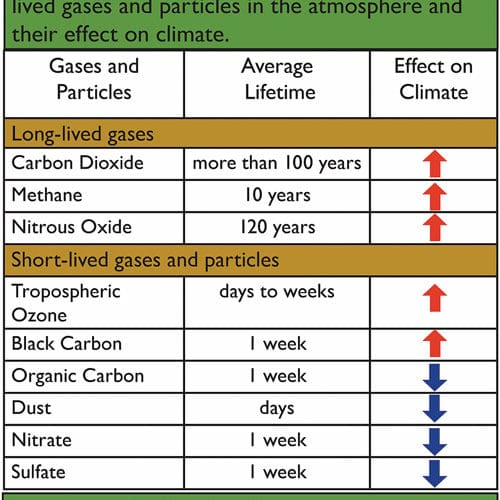A recent report released by the National Oceanic and Atmospheric Administration (NOAA) suggests that localized pollution in the form of particulate matter such as soot, nitrates, sulfates and short-lived gases such as low-level ozone may be having a greater effect on climate change than previously thought.
The findings, released as part of a series of Synthesis and Assessment Reports coordinated by the U.S. Climate Change Science Program (CCSP) suggest that while these short-lived pollutants are generated locally, their consequences may have global impacts. Each type of pollutant effects surface temperatures differently. Some reflect sunlight as is the case with sulfate particles, while the black carbon found in soot particles absorbed heat.
“By 2050, projected changes in short-lived pollutant concentrations in two of the three studies are responsible for approximately 20 percent of the simulated global-mean annual average warming. By 2100, changes in the levels of short-lived gases and particles could account for a significant portion of the predicted warming, due to a projected increase in black carbon and ozone and a decrease in sulfate,” said Drew Shindell, Ph.D., climate scientist at NASA’s Goddard Institute for Space Studies in New York and co-author of the new CCSP report.
According to Alice Gilliland, Ph.D., a lead author of the new CCSP report and previously a physical scientist with NOAA’s Air Resources Laboratory, “This report finds that reducing black carbon emissions in the domestic energy/power sector in Asia appears to offer the greatest potential for substantial, simultaneous improvements in local air quality and global climate. Reduction in emissions from ground transportation in North America could have similar beneficial impacts.” “To assess potential impacts of air quality management actions on future climate, current decision-making tools must be extended to consider local and global scales concurrently. There is a critical need for integrated decision-making with respect to air quality and climate mitigation,” Gilliland said.

